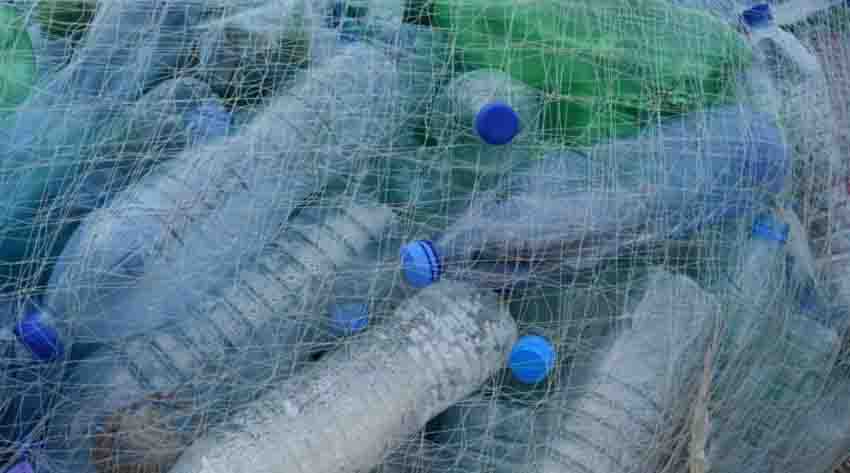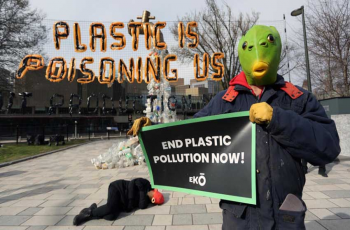The Unknown Impact Of Microplastics In Drinking Water
Microplastics may be contaminating our drinking water, according to a study published by researchers at the Geological Society of America.

Photo Credit: Pixabay
Microplastics may be contaminating our drinking water, according to a study published by researchers at the Geological Society of America.
Microplastics and their negative impacts have been studied in oceans, rivers and soils, but one critical link where research is relatively new is the impact that they have on drinking water.
Microplastics pose multiple physical and chemical risks to the ecosystems where they are present, which is exacerbated by the plastics’ long life-span in the environment
Their chemical threat stems largely from their ability to transport harmful compounds on their surfaces, meaning that when organisms at the base of the food chain ingest microplastics, they ingest toxins too.
These toxins can build up and eventually result in responses like organ dysfunction, genetic mutation or even death.
Groundwater is particularly susceptible to contamination because the water can stay in the same aquifer for tens to hundreds of years.
Combining this with the plastics’ resistance to degradation means that those chemical effects could effectively build up in the water and in any organisms within it, increasing the likelihood of toxic bioaccumulation.
Together, these could result in long-term contamination of water sources with poorly-understood health effects and ecosystem damage.
In related news, earlier this year researchers at the American Chemical Society detected micro and nano plastic particles in human organs.
The researchers obtained 47 samples from a large repository of brain and body tissues.
The researchers found bisphenol A (BPA), a chemical used to make plastics, in all 47 human samples.
The researchers have said these findings are particularly concerning, research in wildlife and animal models has linked micro- and nano plastic exposure to infertility, inflammation and cancer, but health outcomes in people are currently unknown.
-

Indigenous people march in Brazil to demand land demarcation
2024-04-24 -

Talks on global plastic treaty begin in Canada
2024-04-24 -

Colombian court recognizes environmental refugees
2024-04-24 -

Asia hit hardest by climate and weather disasters last year, says UN
2024-04-23 -

Denmark launches its biggest offshore wind farm tender
2024-04-22 -

Nobel laureate urges Iranians to protest 'war against women'
2024-04-22 -

'Human-induced' climate change behind deadly Sahel heatwave: study
2024-04-21 -

Moldovan youth is more than ready to join the EU
2024-04-18 -

UN says solutions exist to rapidly ease debt burden of poor nations
2024-04-18 -

Climate impacts set to cut 2050 global GDP by nearly a fifth
2024-04-18
